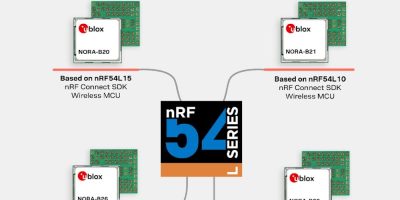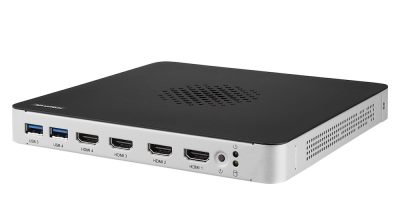Mouser is now shipping the new STM32N6 high-performance microcontroller from STMicroelectronics. The STM32N6 is the newest and most powerful of the STM32 family, optimised for edge-intensive AI algorithms in automotive, smart industry, robotics, drones, healthcare, smart buildings, smart homes, smart farming, and personal electronic applications.
STMicroelectronics STM32N6 MCU is the first of the STM32 series featuring ST’s proprietary Neural-ART Accelerator, specifically architected for embedded inference, delivering 600 times more machine-learning performance than existing high-end STM32 MCUs. The STM32N6’s Neural-ART Accelerator clocks at 1GHz, providing 600 giga-operations per second (GOPS) at an average of 3 tera-operations per second (TOPS), delivering energy efficiency while allowing machine learning applications requiring an accelerated microprocessor to now run on an MCU.
The STM32N6’s machine learning performance makes it possible to run computer vision, audio processing and sound analysis for consumer and industrial applications at the edge, utilising a Cortex-M55 MCU running at 800 MHz, a robust 4.2 MB embedded RAM that also includes a NeoChrom GPU alongside an H.264 hardware encoder, and a Helium™ M-Profile Vector Extension. The STM32N6 delivers remarkable AI performance and provides excellent flexibility in a small silicon package ideal for embedded systems and wearables.
The STM32N6 is supported by the STM32N6570-DK discovery kit. The kit is a complete demonstration and development platform for the STM32N6 and provides a full range of hardware features to enable users to evaluate the device. The kit includes USB Type-C, Octo SPI flash memory and Hexadeca SPI PSRAM devices, Ethernet connectivity, a camera module, a 5″ LCD touchscreen, and more. Four flexible extension connectors offer easy expansion capabilities for applications such as wireless connectivity, analog applications, and sensors.






